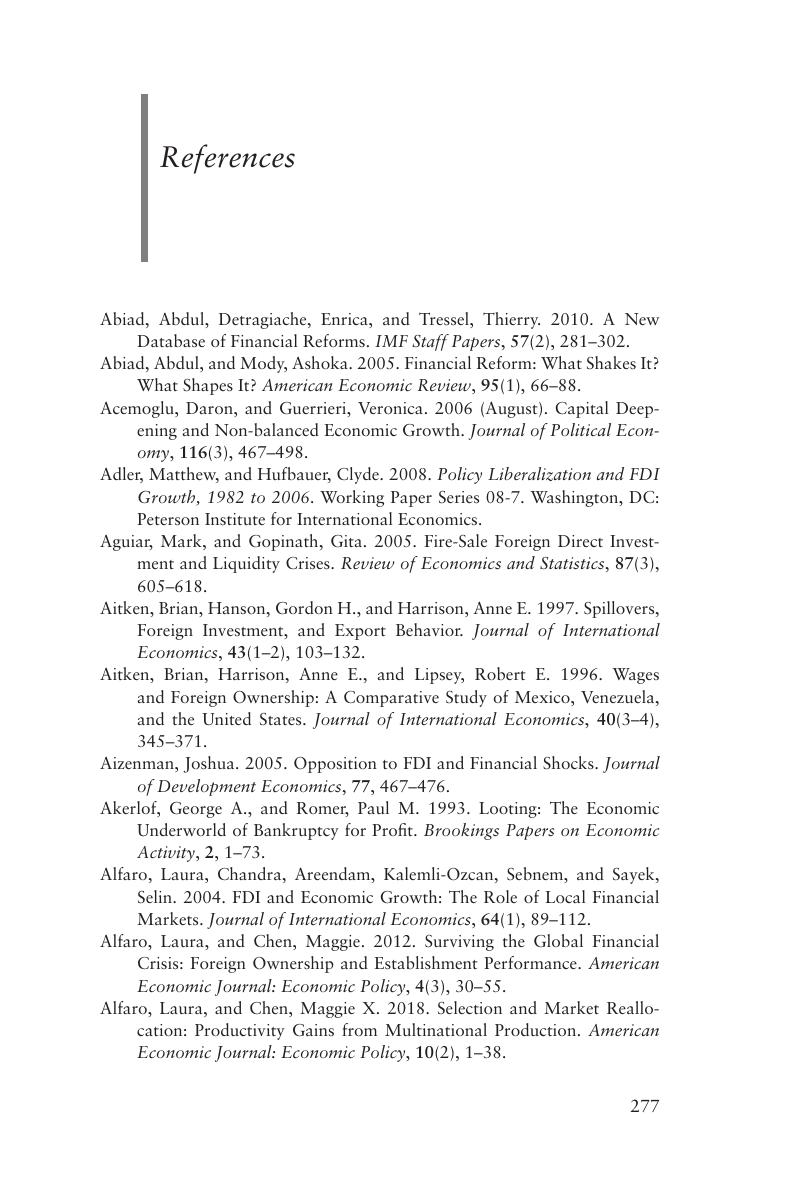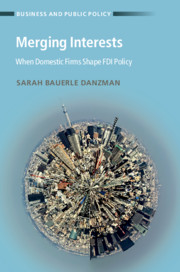Book contents
- Half Title
- Series
- Frontmatter
- Dedication
- Contents
- Figures
- Tables
- Acknowledgments
- 1 Introduction
- 2 Describing FDI Policy through Time and Space
- 3 Financing Constraints and Liberalized Entry
- 4 Quantitative Tests: Financing Constraints and Liberalization
- 5 Quantitative Tests: Firm- and Industry-Level Evidence
- 6 Comparing Malaysia and Indonesia, 1965–1997
- 7 Crisis, Reform, and Policy Divergence: Malaysia and Indonesia, 1997–2013
- 8 Implications of Elite-Driven Integration
- References
- Index
- References
References
Published online by Cambridge University Press: 07 December 2019
- Half Title
- Series
- Frontmatter
- Dedication
- Contents
- Figures
- Tables
- Acknowledgments
- 1 Introduction
- 2 Describing FDI Policy through Time and Space
- 3 Financing Constraints and Liberalized Entry
- 4 Quantitative Tests: Financing Constraints and Liberalization
- 5 Quantitative Tests: Firm- and Industry-Level Evidence
- 6 Comparing Malaysia and Indonesia, 1965–1997
- 7 Crisis, Reform, and Policy Divergence: Malaysia and Indonesia, 1997–2013
- 8 Implications of Elite-Driven Integration
- References
- Index
- References
Summary

- Type
- Chapter
- Information
- Merging InterestsWhen Domestic Firms Shape FDI Policy, pp. 277 - 300Publisher: Cambridge University PressPrint publication year: 2019



